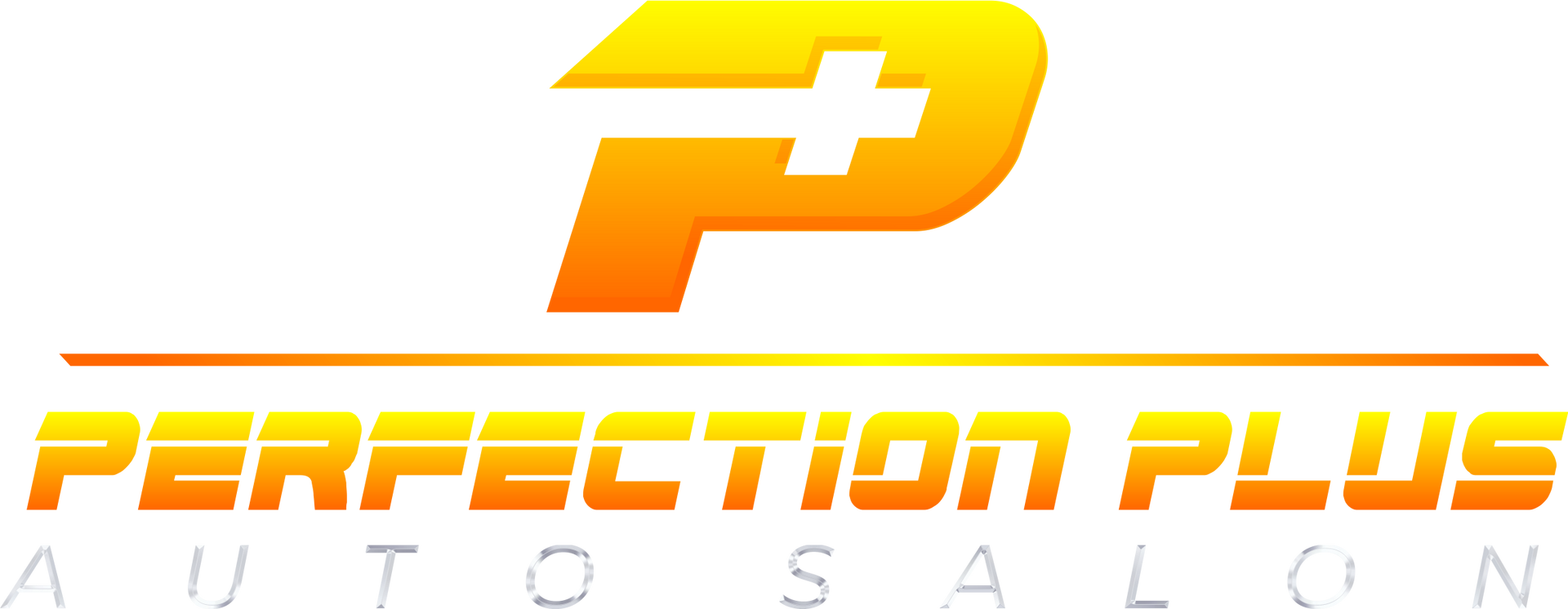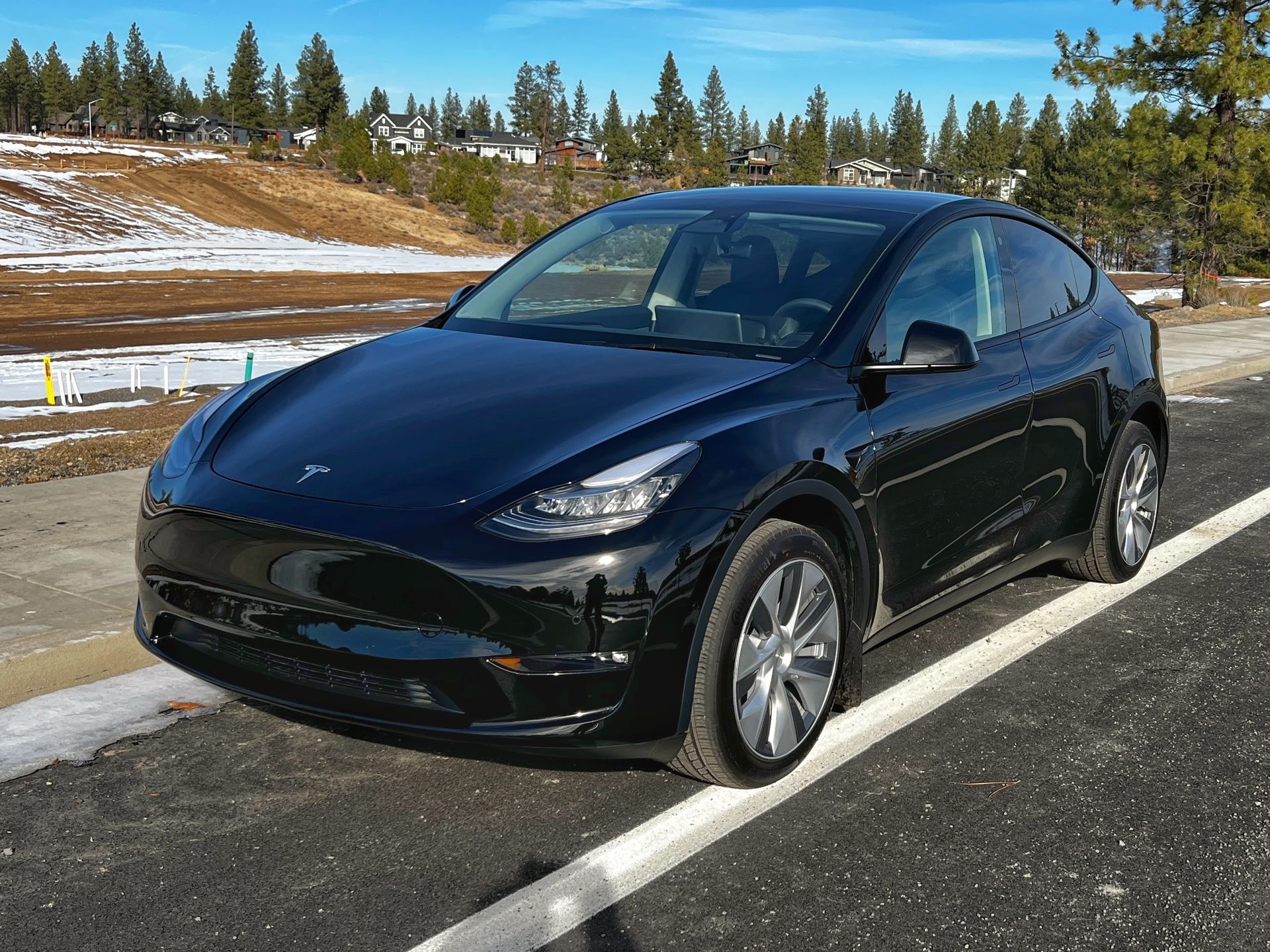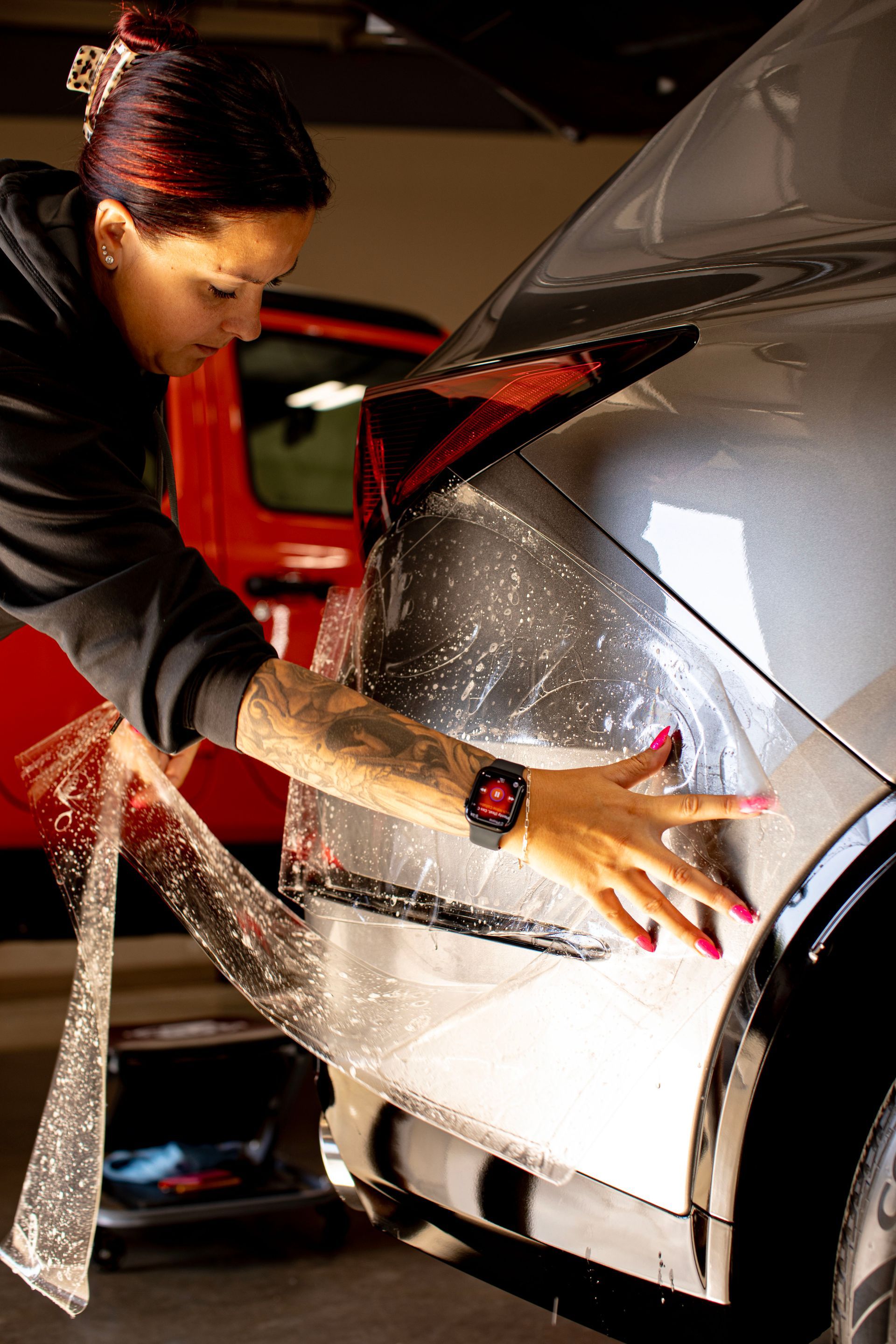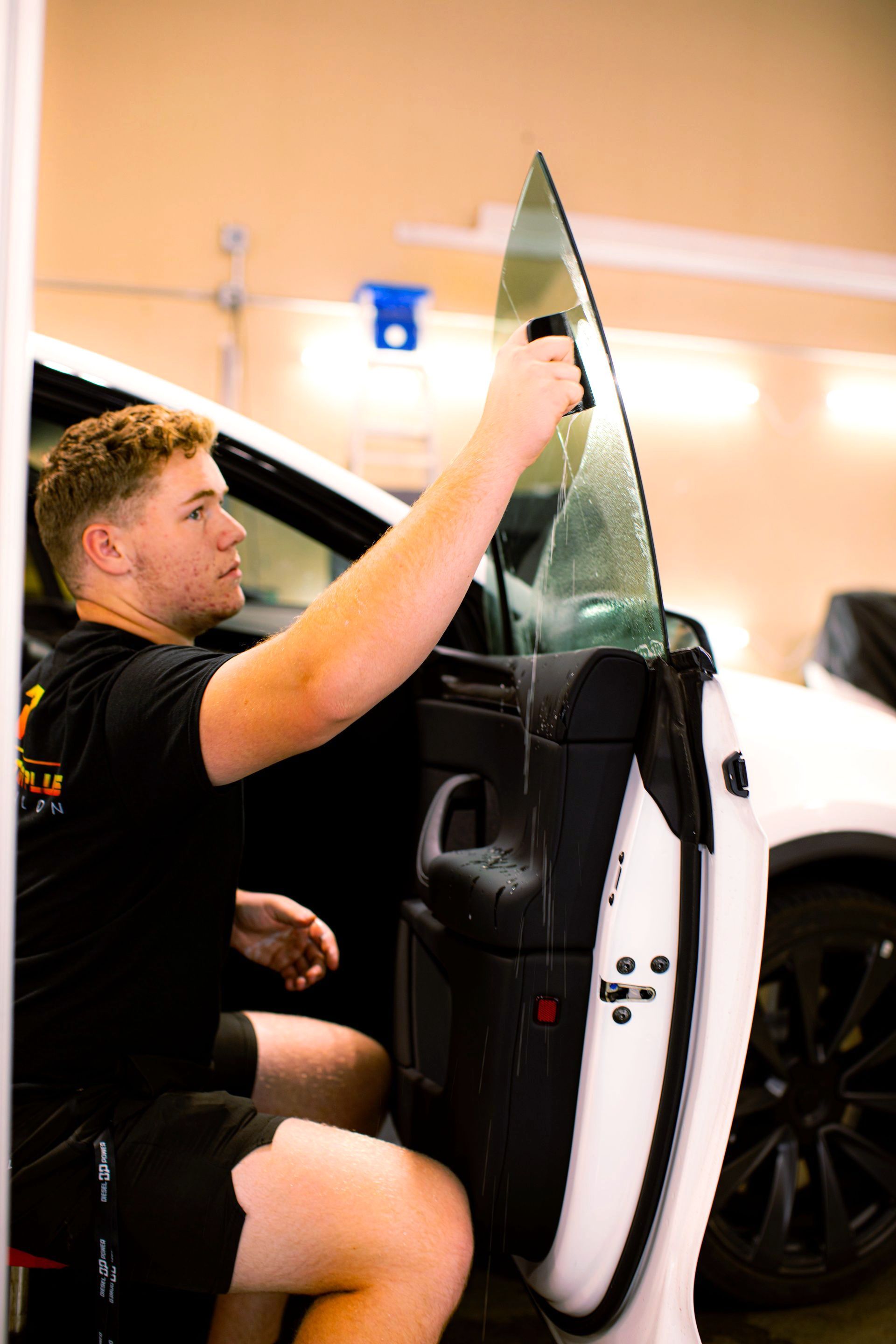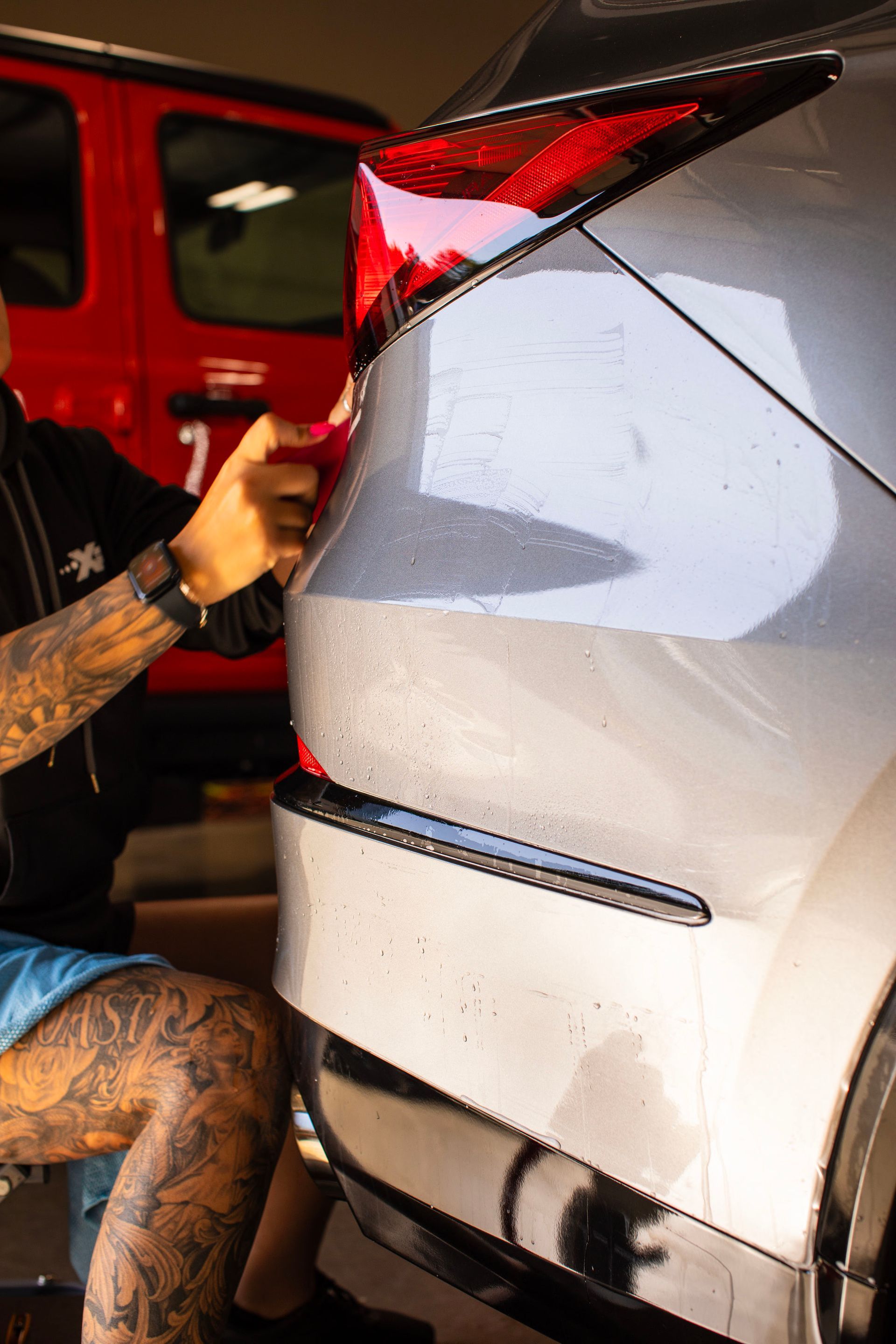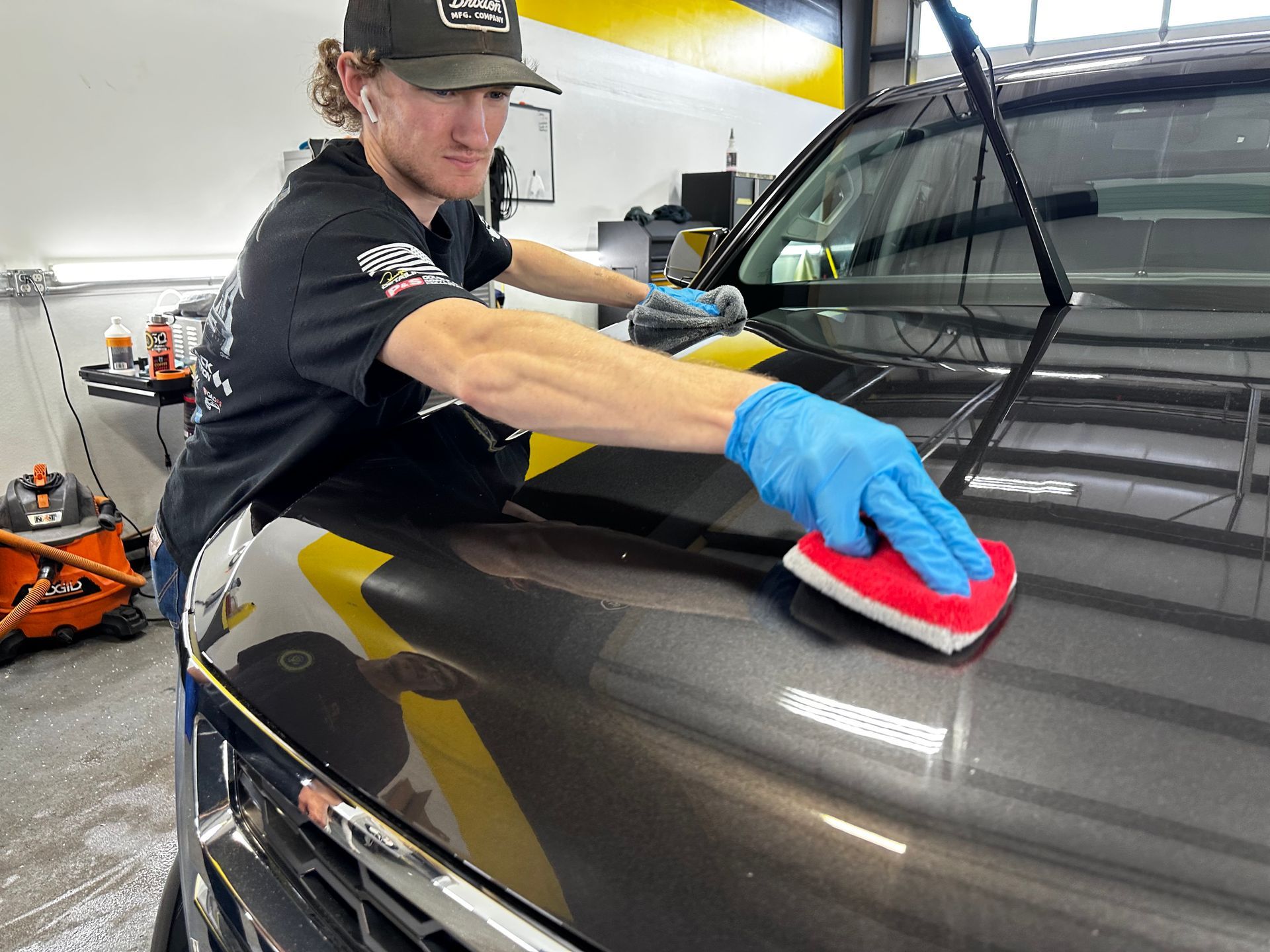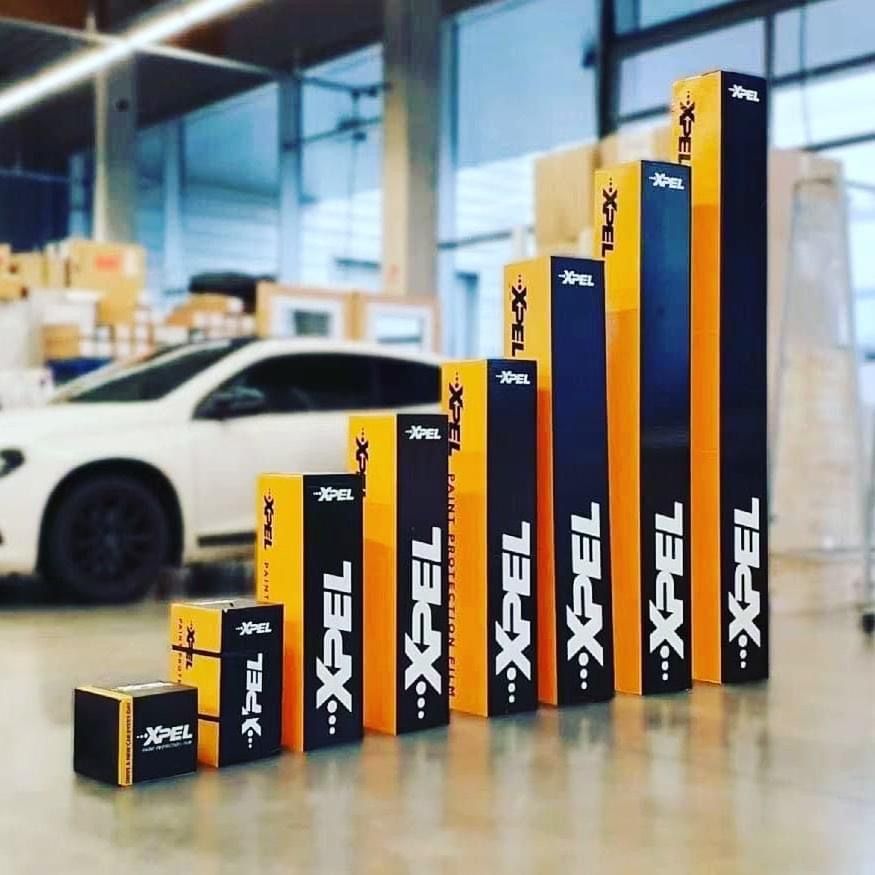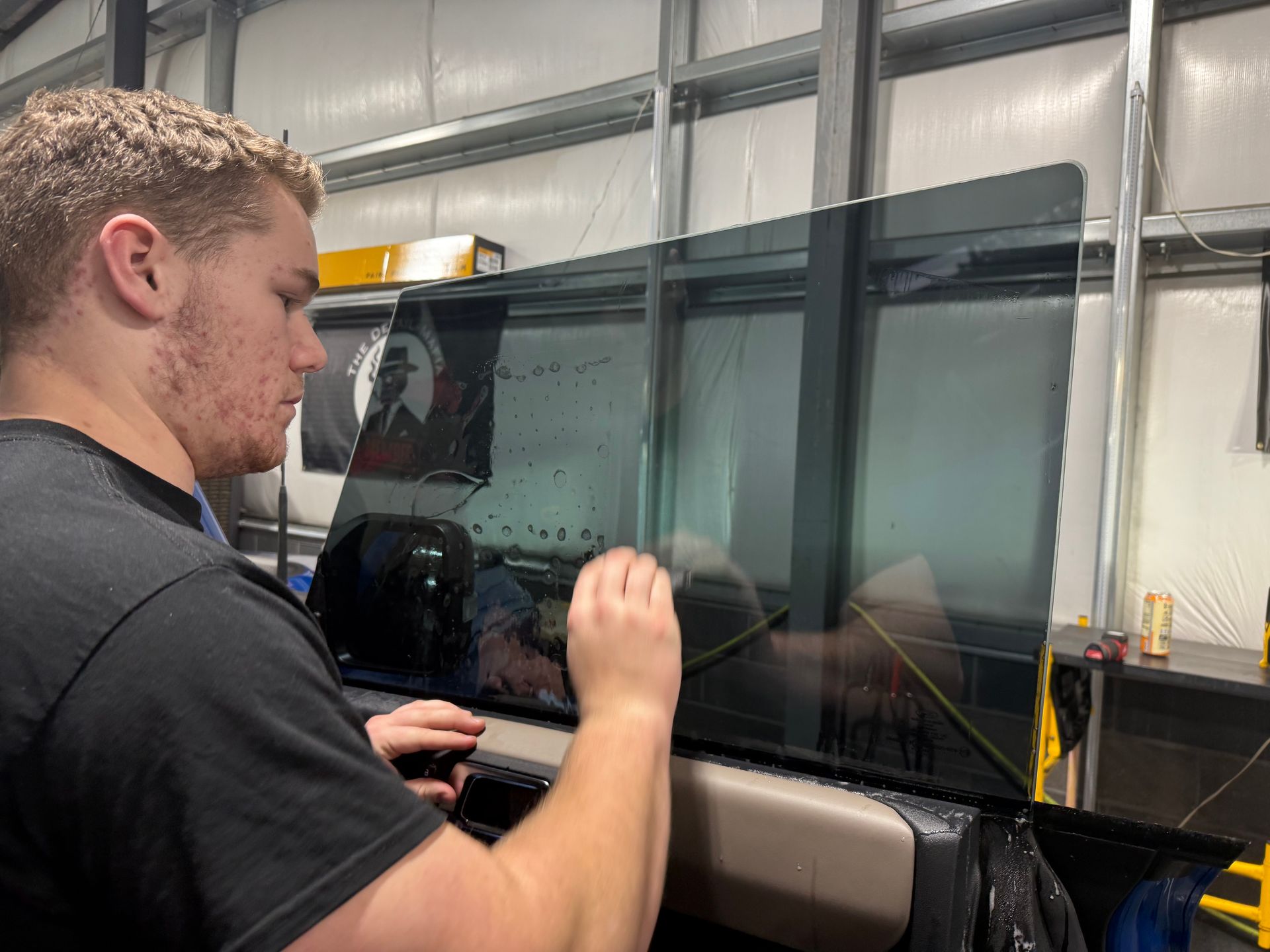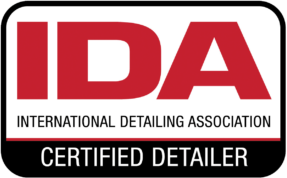Debunking Common Myths About Paint Protection Film: The Truth Revealed
GET A FREE ESTIMATEMany ideas float around about paint protection film, some of them misleading. Yes, you might think it's costly but that's not entirely true. The price of a paint protection film has actually come down quite a bit in recent years, making it affordable for many car owners. Surprisingly, not only does it protect your car's paintwork, but it can even boost your vehicle's resale value.
Yes, modern paint protection films can be safely removed and replaced without harming the original paintwork. When professionally applied and removed, a paint protection film offers the flexibility of protecting the car's paint while allowing for adjustments as needed.
Common Myths About Paint Protection Film
Paint protection film has been a staple for drivers, offering a way to safeguard their vehicles from scratches, rock chips, and environmental damage. However, several misconceptions surrounding PPF need to be addressed for potential users to make informed decisions.
Myth 1: PPFs are Not Affordable
One common misconception about paint protection film is its exorbitant cost. While this may have been true in the past, the cost of PPF has significantly decreased in recent years. There are now options available, starting at around $1,500 for partial coverage. It's crucial to note that the initial investment in a paint protection film acts as an invisible shield, protecting the paint and increasing the car's resale value—a form of insurance against everyday wear and tear.
Myth 2: PPF Decreases Car Value
Contrary to popular belief, paint protection films can actually help maintain a vehicle's resale value by safeguarding the paint job. Instead of diminishing the value, a well-maintained PPF can present the vehicle in better condition than one without it. The purpose of paint protection film is to safeguard your vehicle’s paint from various environmental hazards such as rock chips, road debris, and harsh weather conditions. This protective layer acts as a shield, preventing scratches, fading, and minor abrasions that can significantly detract from the car's appearance and value over time.
Myth 3: PPFs are Only for Luxury Cars
While many luxury car owners opt for PPF, it's not limited to them. In fact, a paint protection film is a practical investment for any car owner, regardless of make or model. The benefits of protecting your vehicle's paint extend to all cars. Paint protection films offer benefits that are not exclusive to luxury cars but are valuable to any vehicle, regardless of its price point or brand.
Myth 4: PPF Cannot Be Removed After Application
A common misconception about paint protection film is that once it's applied, it cannot be removed. However, modern advancements in PPF technology allow for safe removal and replacement without harming the original paintwork. This flexibility gives car owners peace of mind when considering this protective film. High-quality paint protection films can be professionally removed and reapplied, allowing car owners to refresh the protective layer as needed. This ensures continuous protection without compromising the vehicle's appearance.
These common myths often stem from outdated information or misconceptions about how paint protection film works and the benefits it offers. Addressing these misconceptions allows potential users to approach their decision with accurate information, ensuring they fully understand the value of PPF for their vehicles. By debunking these myths about paint protection films, we can effectively provide valuable insights for potential users who are considering this protective measure for their vehicles.
The Paint Protection Film Expense Myth
Let's put this myth to rest - the notion that paint protection film is an extravagance. In reality, the costs have come down considerably in recent years, making it a more feasible investment for car owners.
The value of a paint protection film becomes quite evident when we consider its cost-effectiveness and long-term benefits. Sure, it might seem like a significant expense upfront, but when you take into account the potential damage it protects against and its impact on preserving your vehicle's resale value, it starts to make a lot of sense. Think of it as a shield that not only keeps your vehicle looking pristine but also safeguards your investment. A minor scratch or chip might seem insignificant at first, but over time, these accumulate and diminish the overall appearance of your car. Repainting or touch-ups don't come cheap, and when you factor in how a paint protection film prevents such damage, the math begins to add up in its favor.
Maintaining your vehicle's exterior can be quite labor-intensive, with regular waxing and polishing needed to keep it looking new. Investment in paint protection film streamlines this process significantly by reducing the need for frequent detailing and upkeep. This translates into noteworthy savings over time. By shedding light on these cost-effective attributes of PPF, it's imperative for users to comprehend its true value. It's not about upfront expenses; rather, it's an investment that pays dividends in terms of protecting and enhancing the longevity and aesthetic appeal of your vehicle. Understanding the cost-benefit analysis of paint protection film is crucial to making informed decisions about vehicle maintenance.
Protection Against Scratches: Is It Ineffective?
One common misconception about paint protection film is that it's ineffective at safeguarding against scratches. Many believe that while it may offer some level of protection, it's ultimately not powerful enough to withstand the rigors of daily use. However, this belief is a bit wide of the mark.
Paint protection film is designed to provide a durable shield against scratches, rock chips, and environmental damage. This transparent layer acts as a barrier, absorbing the impact of small debris and preventing them from making direct contact with the vehicle's paintwork. While it won't guarantee absolute invincibility, it has proven its worth in everyday use by significantly reducing the occurrence of minor abrasions resulting from regular driving. Consider a scenario where a vehicle equipped with PPF encounters loose gravel or pebbles on the road. The film effectively absorbs the impact, sparing the underlying paint from potential damage. In day-to-day scenarios where small objects may hit the vehicle during normal driving conditions, a paint protection film serves as a reliable defense mechanism, demonstrating its effectiveness in protecting the car's exterior.
It's crucial to recognize that while paint protection film may not be impervious to all types of damage, it excels at mitigating everyday wear and tear. By acknowledging its limitations and understanding its primary function as a protective layer against common threats, users can appreciate its effectiveness in preserving the vehicle's appearance over time. In essence, paint protection film is not a magical force field that renders a vehicle immune to all forms of damage; however, it does play an essential role in safeguarding against everyday hazards that vehicles encounter. Rather than expecting infallibility, understanding a paint protection film's purpose in protecting against routine wear and tear is key to appreciating its efficacy in maintaining the integrity of a vehicle's paintwork.
Aesthetic Appearance: Fact vs. Fiction
One common misconception about paint protection film is that it detracts from a car's visual appeal. However, this belief does not align with the reality of PPF's impact on a vehicle's aesthetics. In fact, quite the opposite is true. A paint protection film plays a crucial role in maintaining and even enhancing the vehicle's overall appearance by protecting the paint job from various environmental elements and physical damage. The transparent nature of this protective film allows the original color and shine of the car to remain intact while acting as an invisible shield against scratches, rock chips, and other forms of wear and tear.
Imagine your car being adorned with a glossy, vibrant coat of paint that reflects the sunlight beautifully. Imagine this visual allure being preserved for an extended period, free from discoloration or fading. This is precisely what a paint protection film accomplishes. It acts as a protective layer, safeguarding your car's paintwork from road debris, UV rays, and stains. Additionally, modern PPFs are engineered to resist yellowing over time, ensuring that your vehicle maintains its luster for years to come.
Consider high-traffic areas like urban centers, where wear and tear on vehicles is more pronounced due to congested roadways. In these circumstances, the additional layer of protection that a paint protection film offers can significantly improve the exterior finish of cars, preserving their sleek appearance despite difficult circumstances. As we conclude our exploration of PPF's impact on aesthetic appearance, it becomes evident that rather than diminishing visual appeal, a paint protection film serves as an invaluable asset in safeguarding and enhancing the overall look of vehicles, proving itself to be a vital investment for car owners seeking long-term preservation of their car's beauty.
Installation and Maintenance: Difficult or Not?
The installation of paint protection film can be a topic mired with confusion and contradictory opinions. Some may believe that installing a paint protection film is a laborious and complex process, requiring specialized skills and tools. However, the truth is quite different. PPF can be applied to cars of all ages and types, as long as the paintwork is in good condition. This means that whether you have a new car or an older one that needs a refresh, a paint protection film can be a suitable option.
It's essential to emphasize that professional installation is crucial to ensuring a flawless application. The expertise of trained professionals ensures that the film fits perfectly on the vehicle, leaving no room for imperfections. This precision not only enhances the protective capabilities of the film but also contributes to its seamless appearance. Moreover, while some may believe that maintaining a paint protection film is difficult, it's actually quite manageable. Regular upkeep involves simple practices such as gentle washing and waxing, similar to maintaining the car’s original paint. The latest paint protection film technology offers self-healing capabilities, reducing the need for extensive maintenance and making it easier for car owners to keep their vehicles looking pristine.
By dispelling the myth of difficulty in maintenance, car owners can understand that adding a paint protection film to their vehicle is a practical choice that doesn’t entail cumbersome care routines. Leveraging professional installation services guarantees not only a smooth application but also peace of mind regarding its long-term performance. Understanding the manageable nature of paint protection film installation and maintenance shines a light on its accessibility and practicality for both new and seasoned car owners. With professional guidance and regular upkeep, PPF becomes an indispensable asset in protecting the allure and value of any vehicle.
Top Paint Protection Film Installers in Redmond, OR
Protect your vehicle with the best in the business—Perfection Plus Auto Salon, the
top paint protection film installers in Redmond, OR! Our high-quality paint protection film offers exceptional defense against scratches, chips, and road debris, ensuring your car maintains its flawless appearance. With expert installation by our skilled technicians, you’ll enjoy durable and invisible protection that preserves your vehicle's original look. Keep your car looking pristine and safeguard it from everyday wear and tear. Visit Perfection Plus Auto Salon today to invest in our premier paint protection film service. Schedule your appointment now and drive with confidence, knowing your vehicle is well-protected! Call us at
(541) 598-6193 to get started!
